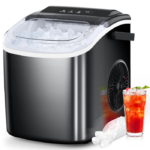A portable ice maker is a small machine that can produce a certain quantity of ice each day. Usually, it does not need a fixed water supply—water is poured into the machine. The process of ice making is the same as it is in the fridge, where water is poured into ice trays and frozen to create ice. But the portable ice maker has its perks because you can switch it on or off as you wish. You can carry it from the dining room to the terrace or anywhere you like. But your refrigerator may or may not have an ice tray and is definitely not portable. On the other hand, you can carry an ice maker anywhere: on your boat in the middle of the sea, or your office in the middle of work.
How Frequently You Should Clean Your Portable Ice Maker
It is better to clean your portable ice maker every four months on average. This is because you need to avoid the buildup of vapor and minerals. Vapor accelerates the growth of fungus, and minerals cause the metal to erode. Therefore, the ice you will get will leave a bad taste and be of poor quality.
The red flags which indicate that you need to clean your portable ice maker:
- If your ice cubes are not crystal clear, it indicates that there is waste buildup in your ice maker machine.
- Other abnormalities like greasy accumulation, softer and smaller ice than usual, longer durations of ice formation, and stinky ice also indicate that it’s time for a cleanup.
Cleaning Equipments
- Soft Sponge
- Bowl with Mild Detergent and Water
- White Vinegar
- Small Brush
- Cotton Swabs
- Clean Cloth

How to Clean Your Portable Ice Maker
Bring a sponge, soft cloth, warm vinegar solution, and cotton swab. Then, follow these instructions:
- First and foremost, make sure you switch the power off and unplug your machine.
- Dismantle all the detachable parts of the ice maker. Open the stopper (which is usually white in color) and let the reservoir unload.
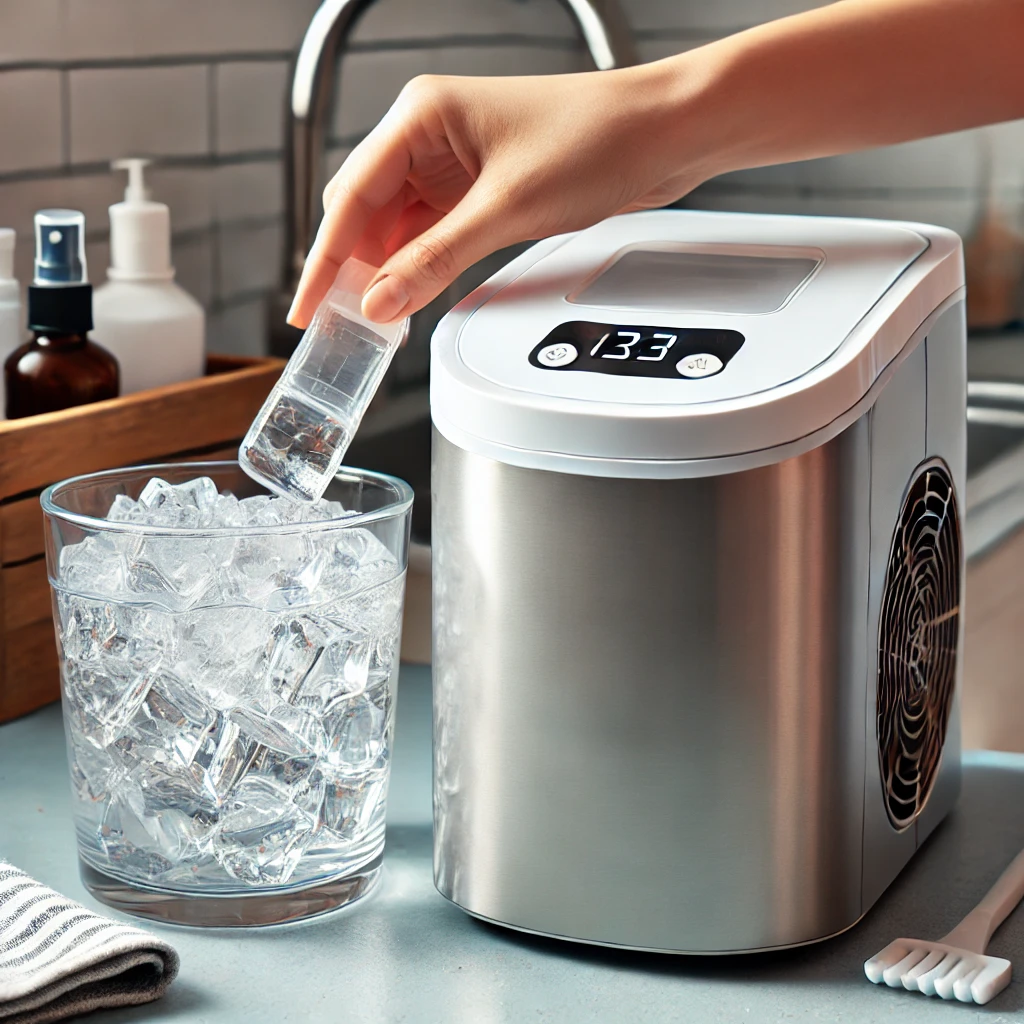
- Make a warm, aqueous vinegar suspension using distilled water (which contains no minerals). Then immerse all the detached parts in this solution. Use a soft-tipped brush to remove any sticky dirt or grime.
- Flood the interior of the machine with the vinegar suspension (but not above the full line) and clean the far-off corners of the machine with a soft-tipped brush.
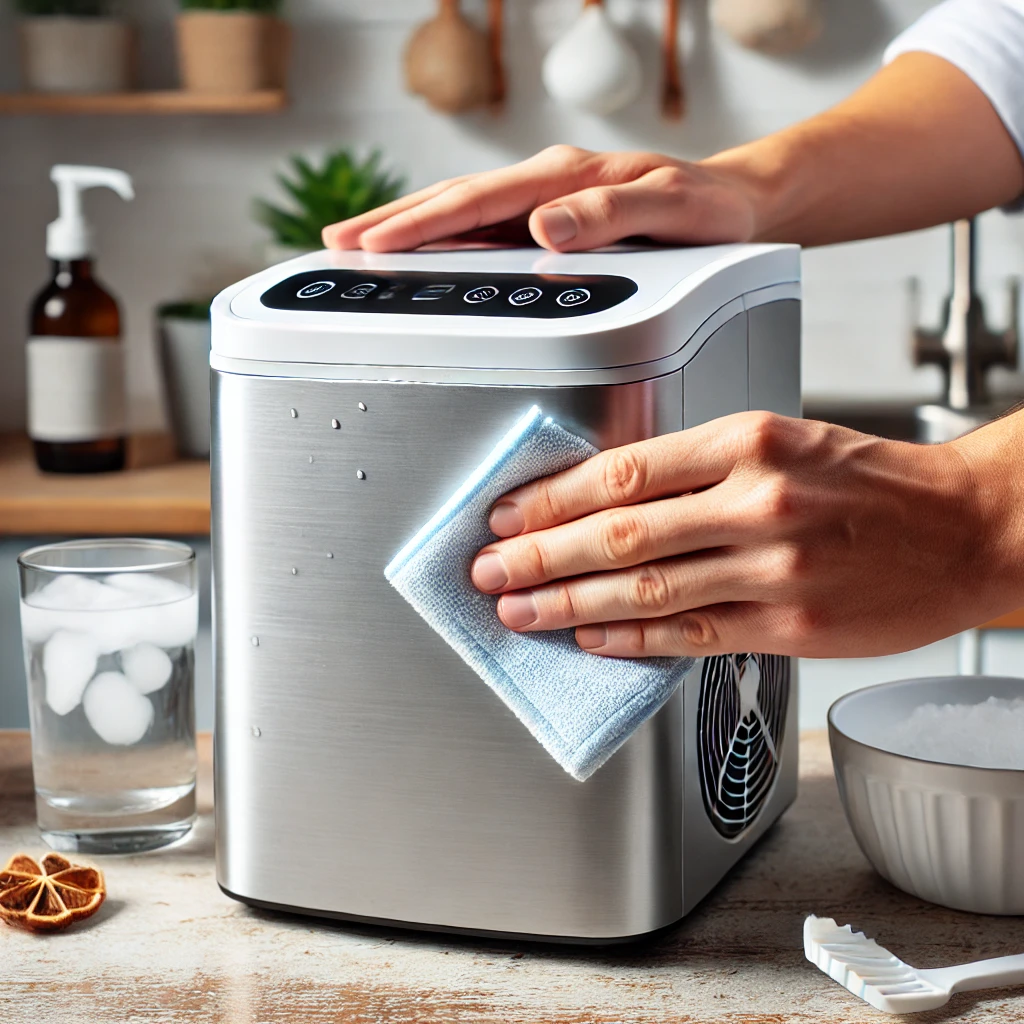
- Soak a sponge or cloth in the vinegar suspension to rub off the external part of the machine.
- Then rub your machine dry with a dry cloth.
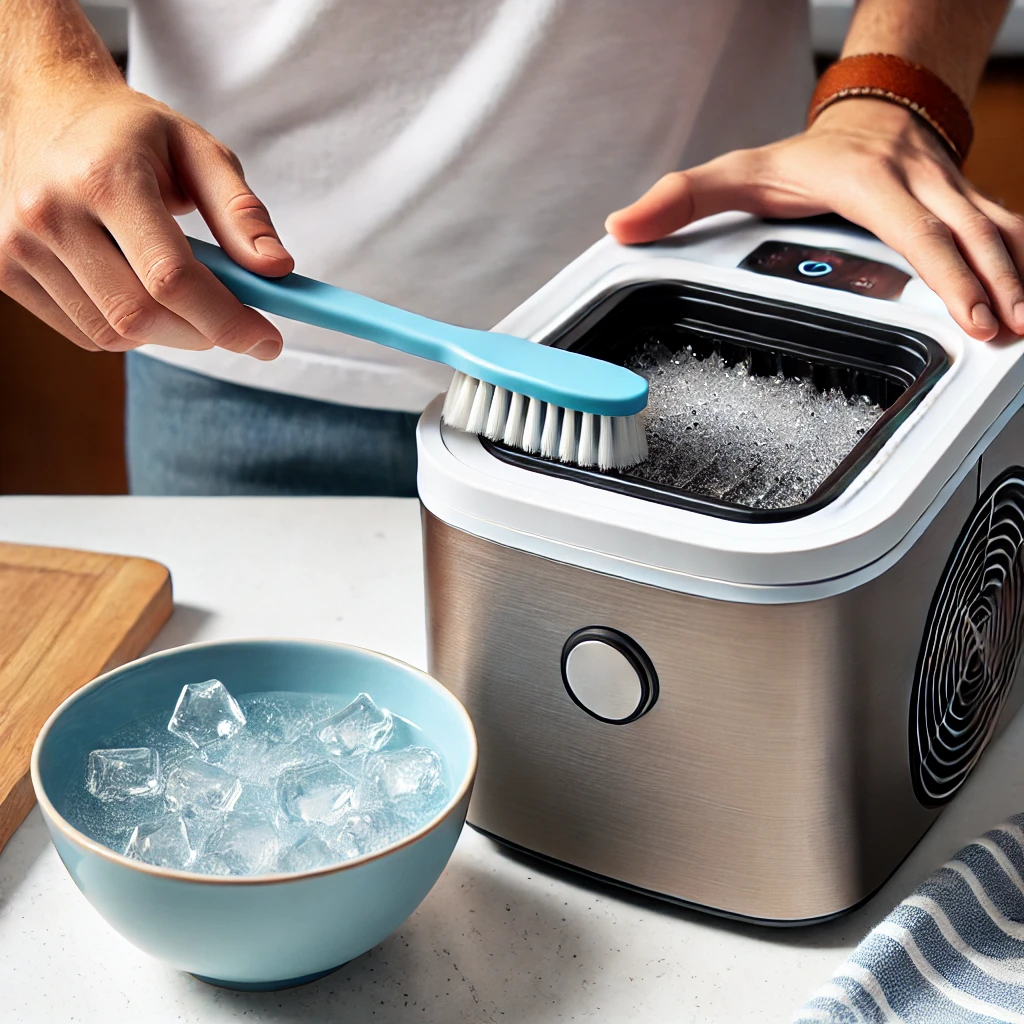
- Spray into the unreachable corners and clean them using cotton swabs.
- To remove the odor of cleaning products from your ice maker, run one ice-making cycle and discard the ice that is generated.
How to Maintain a Clean Portable Ice Maker
You can reduce the frequency of repairs needed for your ice maker if you pay heed to these pieces of advice:
- Keep the ice maker in a cool, dry place when unused.
- Use distilled, soft water to make ice cubes. Don’t use hard water.
- Only use cleaning products that are labeled to be friendly for your ice maker in the user manual. Any other cleaning product can corrode the metal.
Why a Filter Is Placed in a Portable Ice Maker
Water treatment plants filter out harmful bacteria and protozoa before supplying it through our taps. But tap water still contains minerals and metal ions that are harmless to you but can corrode your machine. That’s why the ice maker has an in-built filter that traps these harmful minerals and ions. Some examples of these filtered particles are iron, calcium, magnesium, chloride, and sodium. Nevertheless, you still need to clean this filter from time to time because water will not pass through the filter if it is clogged, and the machine will be unable to produce ice. The ice maker shuts down automatically to enter its ‘Safety Mode’.
How Frequently You Should Clean the Portable Ice Maker’s Filter
If you live in a region with more hard water than soft water, you need to clean your ice maker and its filter more frequently. (Hard water is harder if it has more minerals and softer if it has a lower mineral content.) Hard water contains more minerals, clogging the filter and faster corrode the metal.
The Types of Contamination in a Portable Ice Maker, How They Arise, and How to Clean Each of Them
Name of Contamination | How It Forms | How to Clean It (Specific to Each Contamination) |
Sediment | Water is delivered to your taps through a network of pipes, which can be old and contaminated. These pipes release many types of particles into the water, which forms a gummy sediment once it enters the various parts of your machine (like the switch or pump). | You can install a separate sediment filter (0.5 micron) in your ice maker (if it is compatible). But keep in mind that sediment filters should be replaced every six months on average. |
Scale | Calcium and magnesium are always present in water sources. If you don’t clean your ice maker frequently, calcium and magnesium will eventually accumulate to form a hard material called scale. It will eventually block the valves and tubes, causing the machine to fail. It can also create pits in the evaporator, which will only enlarge over time. | You can pour a water softener in your machine. You can also install filters that utilize a reverse osmosis system. Or, you can consult a technician if the scaling problem is too severe. |
Fungus | If the air around you is contaminated with spores of mold and slime, these may deposit on your water and in the machine. They can proliferate by feeding on yeast in the air. Soon, their growth is visible to the human eye, and they spread fast to other parts of the machine. | Spray the contaminated areas with a solution containing 80 percent water and 20 percent chlorine. You can also wipe and respray. Then, give it some time to dry. |
The Importance of a Clean Portable Ice Maker for Commercial Purposes
A UK report claimed that 60 percent of restaurants made ice that is dirtier than drainage! This created an ‘eww’ factor among the masses, whereby they questioned the safety of their food and the morality of the food sellers. An association conducted a survey on the users of ice makers and found that people had many misconceptions about the ice maker. They thought that the ice maker had an in-built cleaning system. In addition, they neglected the filters in the ice makers.
If you are running a business based on food and drinks, you should pay utmost attention to the cleanliness of your ice maker. If possible, you should consult professional ice-maker cleaners at least twice a year because:
- If your customer gets ill because of contaminated ice, your business can suffer severe consequences.
- If your ice stinks or looks dirty, it will affect your reputation as a brand.
- You should hire machinery experts because you may not have the expertise to maintain machines.
- Your business will be inspected for health hazards, and if they find your ice maker in tatters, you are in for trouble!
Why You Should Worry About Keeping Your Portable Ice Maker Clean
Here are the reasons you should be bothered about it:
- To avoid contamination of pathogenic bacteria in your ice (which can cause disease).
- To avoid minerals in water from building up in the machine (which can spoil the taste of your drink or food).
- The machine is made of metal components which will rust if the minerals in water accumulate on them. So, your ice maker will lose its shelf life.
Professional Services to Clean Your Ice Maker
A dedicated professional can analyze the hardness/softness, pH, temperature, and flow rate of water, and the humidity level of air in the area you live. Then, they can predict the rate of cleaning needed by your ice maker. If you can clean your ice maker as frequently as needed, there are many advantages to this:
- You can avoid costly repairs.
- You get the best performance from your ice maker.
- Maximum shelf life for your ice maker.
- You can plan your cleaning schedule in advance.
How to Keep a Clean Portable Ice Maker for Longer periods
Maintain the Coolness:
Choose a cool, dry location to keep your ice maker. Use cool water to make ice using the ice pack.
Use Filtered Water:
Water should not contain minerals, ions, or pathogens. Hard water will form deposits and corrode the machine, and dirt will reduce the quality of ice.
Don’t Reuse Water:
Don’t recycle the same water for too long. Discard the water regularly from the reservoir.
factors you should consider while buying a suitable ice maker
When you are choosing a suitable ice maker to buy, you need to consider the following factors:
Shape of Ice Produced
There are many shapes of ice, depending on your liking:
- Crescent or sphere shape
- Bullet or cylinder-shaped
- Gourmet, half-cube, or full-cube
Capacity of Ice Production
If you use a portable ice maker for business purposes, then you will need ice more often. So, choose a portable ice maker with sufficient production capacity. On average, an ice maker can produce 20 to 35 pounds of ice within 24 hours.
Model of Ice Maker
Depending on your specific need, there are various models of ice makers: commercial, portable, or countertop. Even special models are designed for mobility purposes.
Artificial Intelligence
An automatic starter, timer, and stopper will make your work easier. An automated temperature detector and red alert cleaner will save your efforts to design an appropriate cleaning schedule for your portable ice maker.
Design and Color
Stainless steel ice makers are available in white or black. If you prefer a bolder color, you can also buy red, blue, or green ones, depending on what suits your kitchen, home, or restaurant.
Recycling Facility
After the ice maker has created your ice, the remaining cold water will flow back to the reservoir where it will be used to make more ice. So, make sure to buy an ice maker with an appropriate cleanliness and recycling facility.
Storage Capacity
Check the size of the storage bin in your portable ice maker. If your ice maker is smaller in size, it can store lower amounts of ice. And, an ice maker is not designed to store ice for too long. Your stored ice will melt soon or lose its constitution.
Some Brands of Each Type of Ice Maker with Their Capacities, Tailored for Your Reference
Countertop Ice Maker
ANTONIO
Has two sizes for ice cubes:
- Small cubes can be used to preserve seafood or raw meat.
- Large cubes can be used for drinks and beverages.
VEVOR
Has two mechanisms to provide water to the ice maker.
Can make 35 pounds of ice within a day.
Sweetcrispy
Has a window through which you can see the ice maker making ice.
Portable Ice Maker
Arctic-Pro
Suitable for indoors and outdoors.
Any size of ice cubes.
LIVINGbasics:
Has a basket and scoop free!
You can view the process through the window.
FAQ:
- How does my portable ice maker function?
We fill the reservoir with water. The reservoir supplies this water to a container. This container has prongs with refrigerants that turn the water into ice. - Do we need a separate water supply for our portable ice maker?
No. You can fill the reservoir with bottled water or tap water, according to your preference. You don’t require any plumbing. - What can I do to ensure my portable ice maker works better?
Don’t put the ice maker in direct contact with sunlight. Fill the reservoir with cool water. For cleaning purposes, use lukewarm water and diluted detergent. - Can I use my portable ice maker outdoors?
You can, if you have access to a power source. But high temperatures and high humidity can damage your portable ice maker in the long run. - Do we need a water expulsion system in our portable ice makers?
The ice maker needs to expel water at certain intervals during the ice-making process. Otherwise, the ice maker will not function properly. So, you need to have an efficient drainage system. - What can cause my portable ice maker to overheat?
A damaged charger, power fluctuation, hot air, and high humidity can cause the portable ice maker to overheat. Ice makers have an automated mechanism that shuts itself down when it detects system overheating. - Why is my ice maker slower than usual?
A lack of regular cleaning reduces the efficiency of your portable ice maker. A buildup of minerals and biofilms can block important components (like filters) and halt the flow of water. - Why has my ice maker stopped working?
Low water pressure, a clogged water filter, a broken inlet valve, or system overheating can cause your ice maker to malfunction. - Does a portable ice maker consume too much power?
On average, an ice maker consumes 100 watts per hour. - How can I clean the frost stuck on my ice maker?
You can use a hand dryer or steam to melt the frost. - Does the ice maker come with filters?
No. Portable ice makers do not come with in-built filters. - How to Use a Portable Ice Maker:
- Plug the appliance into a power source.
- Pour cool, distilled water into the reservoir.
- Turn on the switch, and go about your work as the water turns to ice within 10 minutes on average. Ice makers can produce 35 pounds of ice on average. But they are not good at storing ice, like your refrigerator.
Amazon Cake Makers
The right kitchen tools make baking joyful and stress-free. Thanks to cake makers, home baking is no longer a challenging task but an enjoyable one

Silonn Ice Maker Countertop Review: Reliable, Quick Ice Production for Your Home
Are you tired of running out of ice during family gatherings, get-togethers, or even just on a hot afternoon at home? If you’re like me,
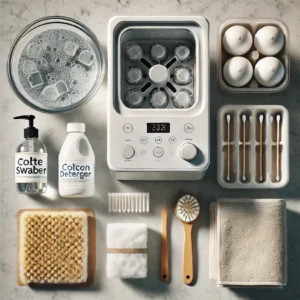
how to clean portable ice maker
A portable ice maker is a small machine that can produce a certain quantity of ice each day. Usually, it does not need a fixed
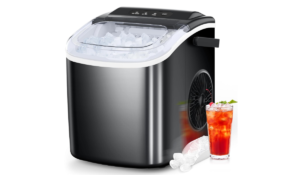
COWSAR Ice Maker Review: The Ultimate Convenience for Quick and Fresh Ice Anytime
Finding a perfect ice maker for your daily needs—like for a small kitchen, busy home, or on-the-go lifestyle—is very daunting. I went through all the
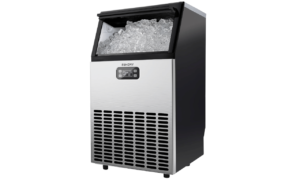
EUHOMY Commercial Ice Maker Machine Review: Your Ultimate Guide to Affordable Commercial Ice Production
If you know the struggle of running out of ice at crucial times, whether in your small business or busy home, there’s a constant need
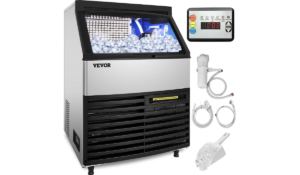
VEVOR Commercial Ice Maker Review: The Ultimate Solution for Your Ice-Making Needs
You’ve likely encountered many options for a reliable and efficient ice maker for your home, restaurant, or small business. But if you’ve stumbled upon the VEVOR



